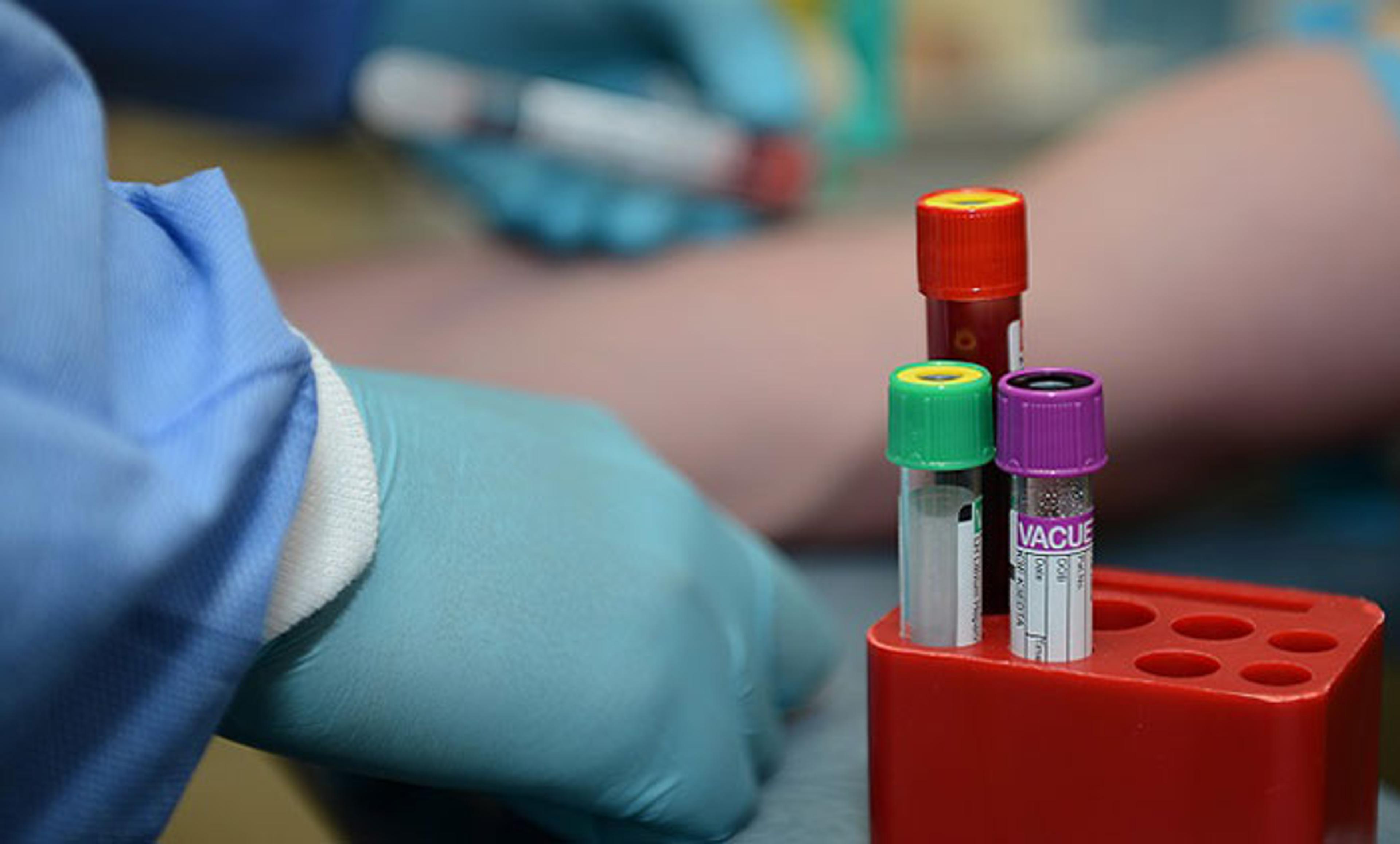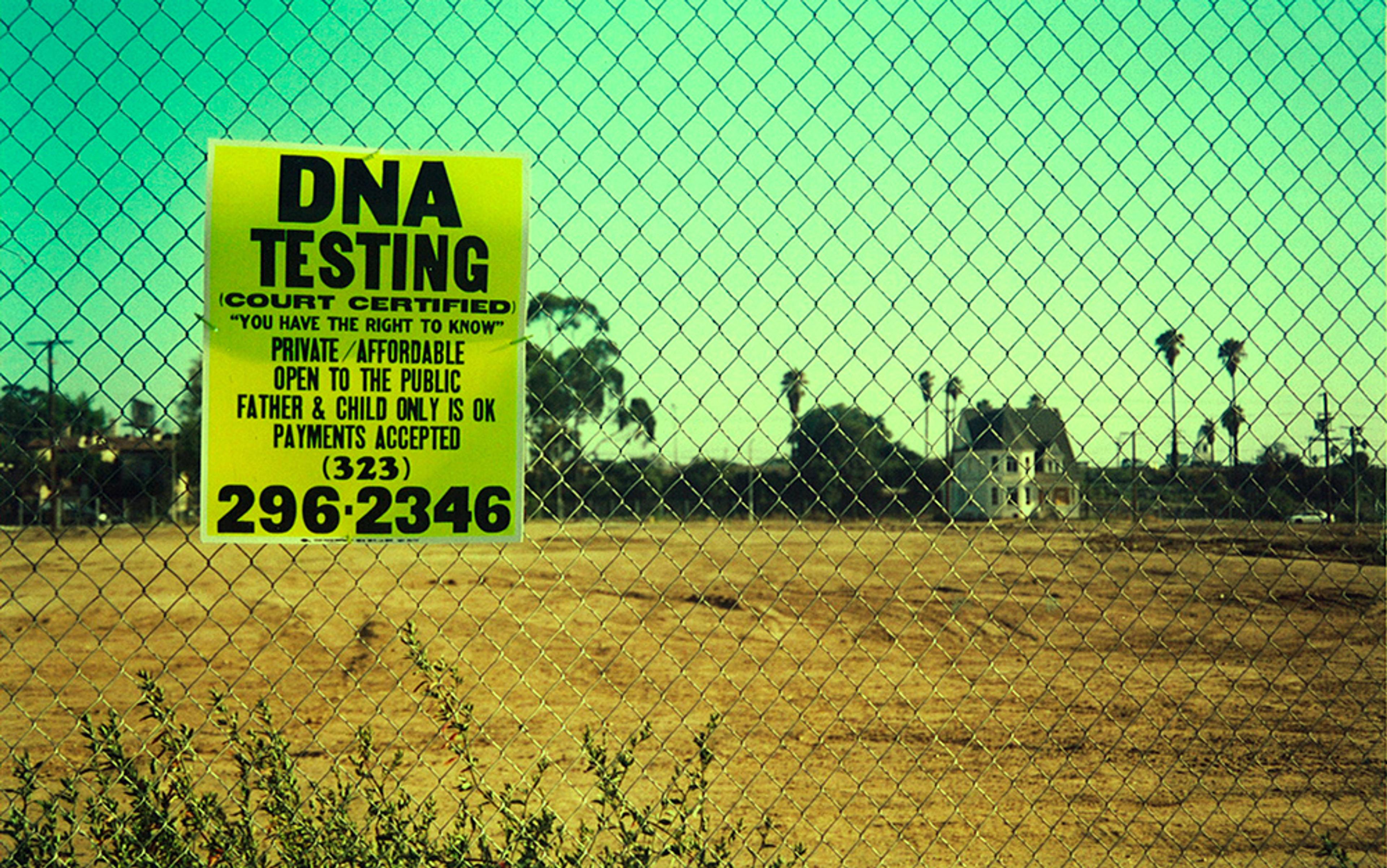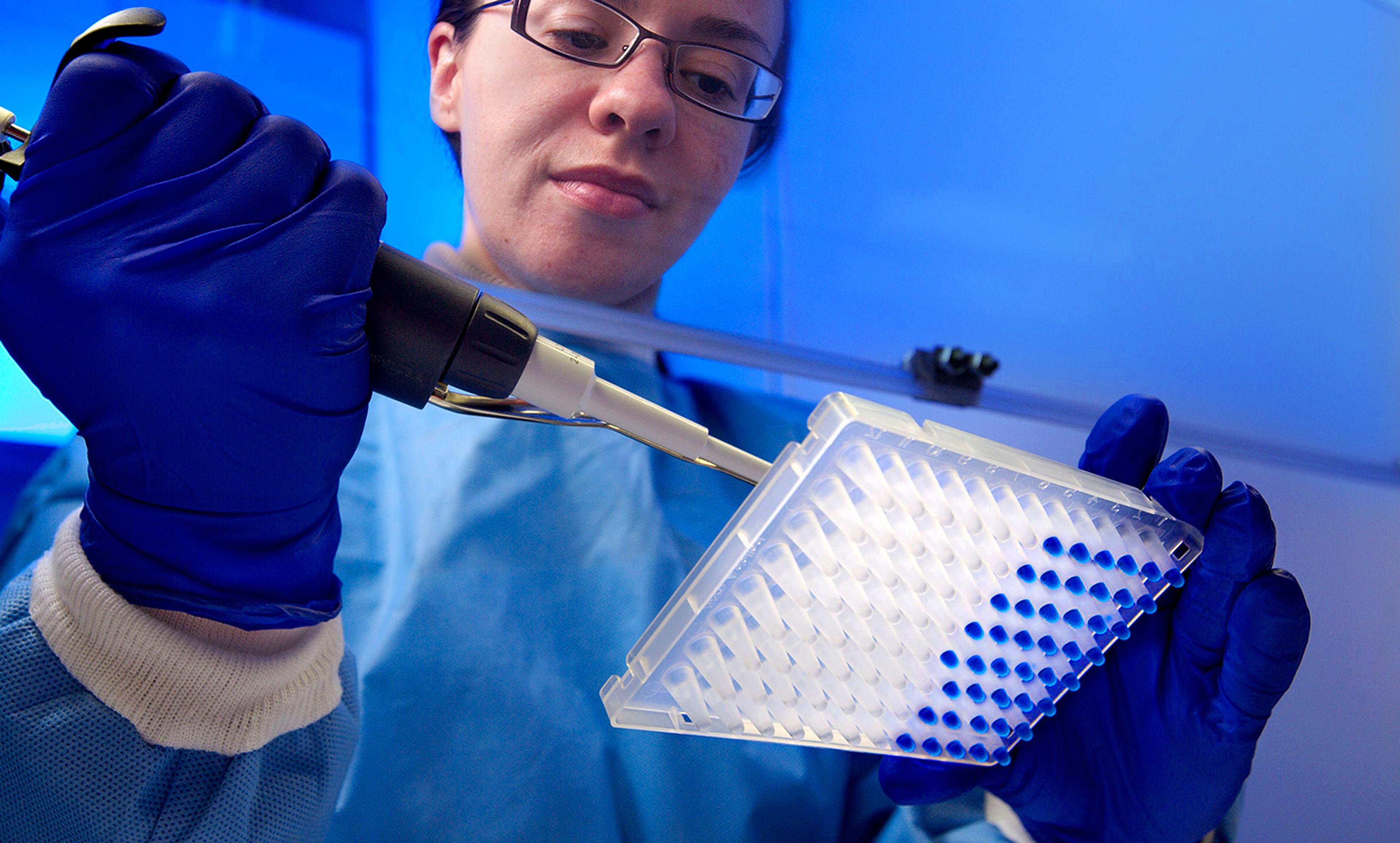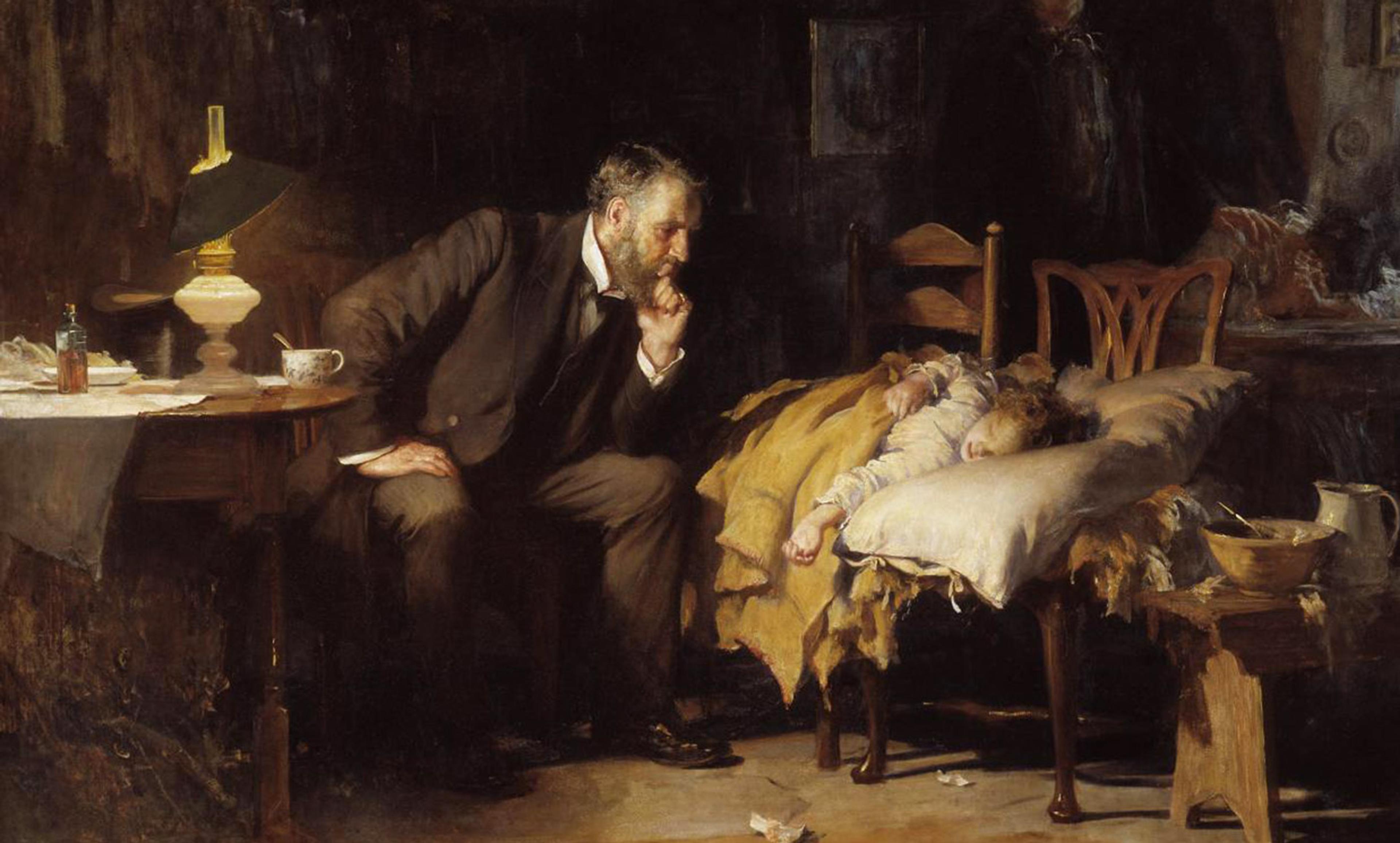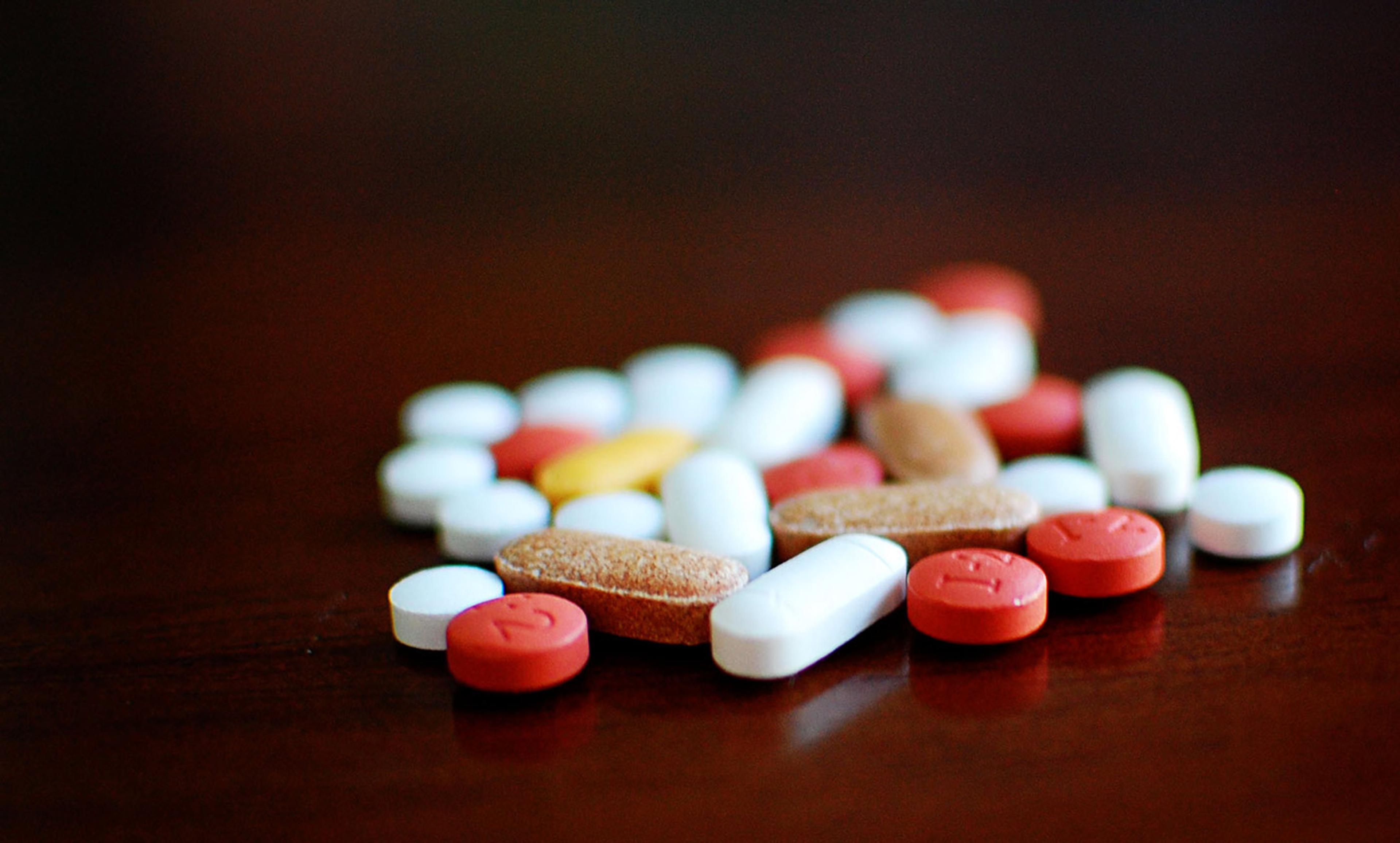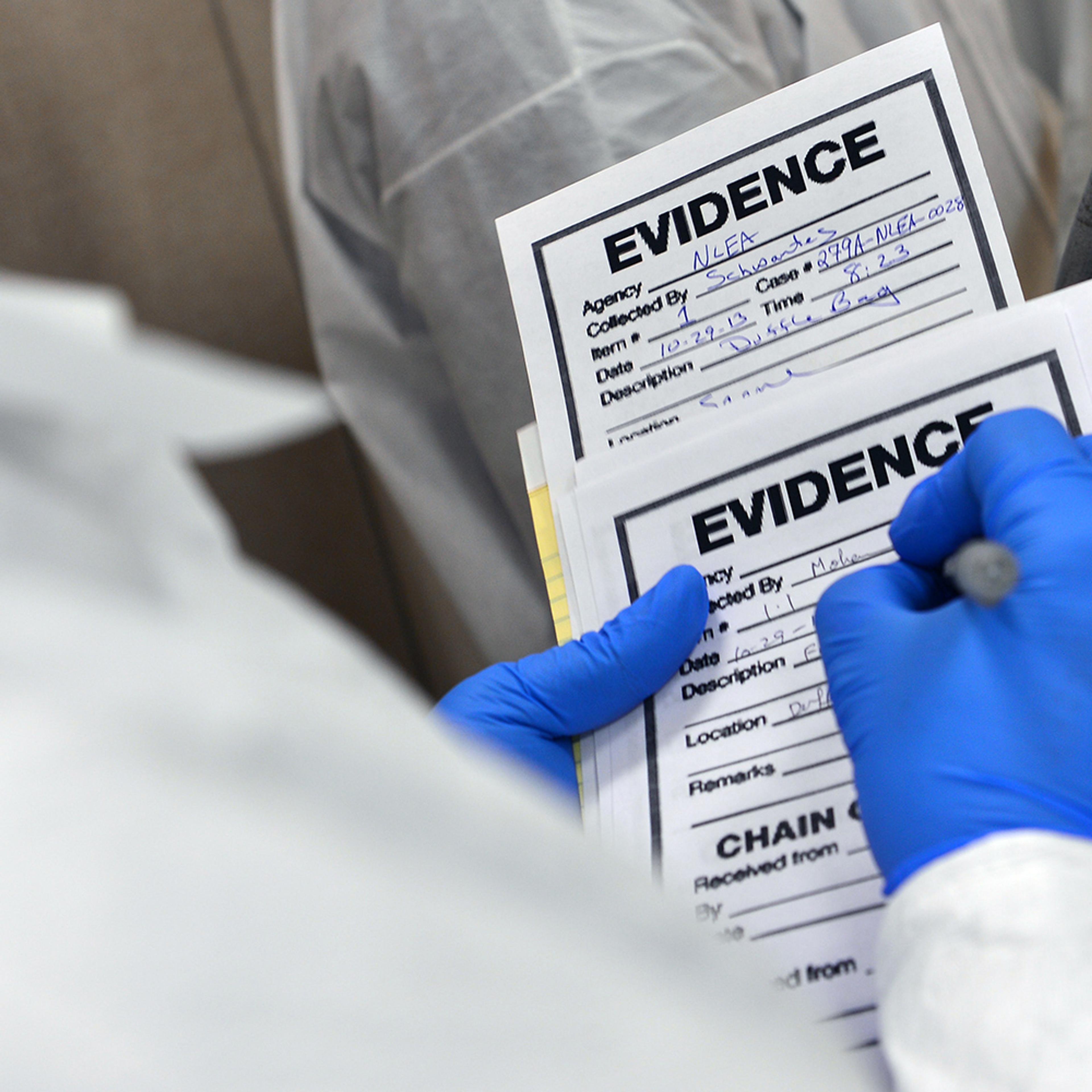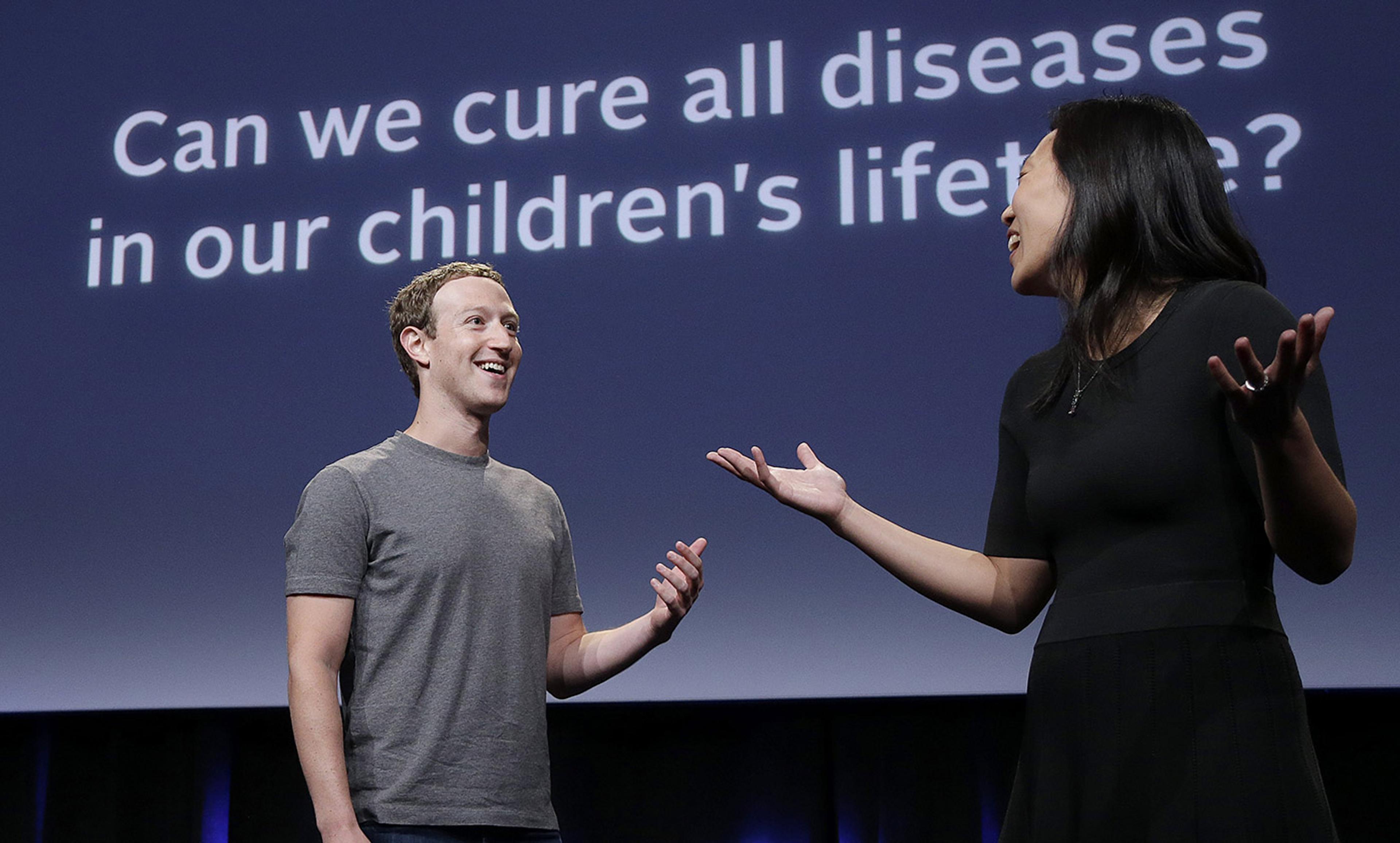Public domain
A familiar scenario: as part of having your cholesterol checked, your clinician also orders a standard blood panel – a red blood-cell count, and then a breakdown showing the proportions of five types of white blood cells. Less familiar: your cholesterol is fine (congratulations), but the white blood-cell counts are off, with values that could mean something fairly mild, such as a viral infection, or point to a serious, potentially fatal problem, such as cancer.
Would you want your clinician to tell you about this abnormal finding?
If you said ‘yes’, then you are expressing your right to know about the result. If you said ‘no’, then you are expressing the opposite: the right not to know.
In most cases, the clinician would tell the patient about such an abnormal finding and discuss it. But what if the finding turned up in samples donated for medical research instead of taken for medical testing?
That’s exactly what’s happened in Iceland. In the 1990s, researchers began collecting donated samples from the country’s genetically distinct population. The chief officer of the company collecting and analysing these samples – which come from half the country’s residents – says that 1,600 of them suggest a risk for a deadly cancer. But the government is keeping Kári Stefánsson, a neurologist, and his company, deCODE Genetics, from telling the donors. Why? The nation’s privacy laws and the concept of the right not to know are in the way.
Back when the collection started, deCODE did not get explicit consent from those donating samples to share such information with them. Indeed, the company was founded in 1996, and one of the cancer-related gene variants in the samples, BRCA2, was discovered only the year before. It would have been hard to foresee how genetic samples might be so revealing 20 years down the line.
Iceland offers an example of the tension between the right to know or not, and the desire to do good or even save a life. As the bioethicist Benjamin Berkman at the US National Institutes of Health (NIH) notes in his defence of informing people about such findings, the faultline here lies between ‘autonomy and beneficence. We place an extremely high value on empowering and honouring an individual’s choices, particularly in the medical realm,’ he writes, yet clinicians and researchers baulk at the idea of remaining silent when speaking could substantially help patients or study participants.
Iceland’s situation isn’t exactly common because they began the sample collection in 1996, before the implications of this knowledge – or even what that knowledge might be – became relevant. But that doesn’t mean that these issues aren’t globally important now. As many nations and other entities build up enormous biobanks of tissue and data, the issues will become more complex.
UK Biobank offers a case in point. When participants submit samples to be mined for genetic information, they agree to receive no individual feedback about the results, and formally waive their right to know. But more recently, UK Biobank started adding data from imaging studies. Here, participants must be informed if a radiologist sees something suspicious on the scan; those who agree waive the right not to know.
Some of this handwringing could be pitting the 20th-century paranoia over genetics against our 21st-century appreciation for genetic analysis as a clinical tool. Indeed, singling out genetics itself invokes an old-school fear of mutations in the double helices lurking in our cells. The reality is that the ‘right’ thing to do about these competing rights to know and not know – and to tell what you do know – varies depending on who’s guiding the discussion. For example, a clinician ordering a test and finding something incidental but worrisome is already in a patient-doctor relationship with at least a tacit agreement to inform. But a researcher collecting DNA samples for a big data biobank has formed no such relationship and made no such commitment; there, the obligations are fuzzier.
And that takes us to what a solution might look like: something that was planned, rather than retroactively applied. For the individual, the important thing is autonomy. For the researcher, it’s the burden of knowledge and a desire to help. For a clinician, it’s do no harm. For policymakers, it’s about where to draw lines: right to know or not know what, exactly?
It’s possible to formalise frameworks for some of these groups. If the person who provides the sample opts for the right not to know, the door to change their mind should stay open in case someday they feel more ready to know. In addition, people who submit samples for research might benefit from the same process that’s provided to people undergoing genetic testing in the clinic. Genetic counselling is strongly recommended before such testing, and this kind of preparation for research participants could clarify their decisions as well.
Investigators who engage with these data on the research side deserve similar preparation and attention to their rights. Before getting involved in such studies, they should be able to give informed consent to withholding findings that could affect a donor’s health. Study investigators should also be unable to link donors and results, removing the possibility of accidental informing, and lifting the burden of the knowledge.
And what about the people who were never tested but who are genetic relatives to those with an identified risk or disease? These questions are especially important for parents considering a dive into the details of the family gene pool. After all, your genes aren’t yours alone. You got them from your parents, and your biological children will get some of yours from you. The phrase ‘personal genetics’ implies risk for the individual alone, but in reality, the revelations – and repercussions – can span generations. Where do the lines get drawn for informing or testing them? Typically, the more knowledge of family medical history, the better. But these decisions play out differently for each family, depending upon personal ethics and culture.
Finally, underlying all of these decisions are hundreds of knotty problems. Not all disease-related variants mean that the person bearing them will develop the condition. Some increase risk for disease by a tiny bit. But others, such as the BRCA2 gene, can mean a 69 per cent lifetime risk, and still others, such as the sequence repeats behind Huntington’s disease, are essentially a guarantee that the condition will develop.
Maybe Iceland’s situation isn’t easily resolved, but their experience offers a lesson. Plan ahead, something that the NIH is trying to do with ‘All of Us’, its large genetic-sampling initiative in the US. Offer the right to know or not to know, and allow for a change of heart. Understand the ache of the provider who knows what the patient doesn’t, and can’t reveal it. It’s important to grant those with this burden of knowledge the opportunity to consent to nondisclosure before they get involved, too.
